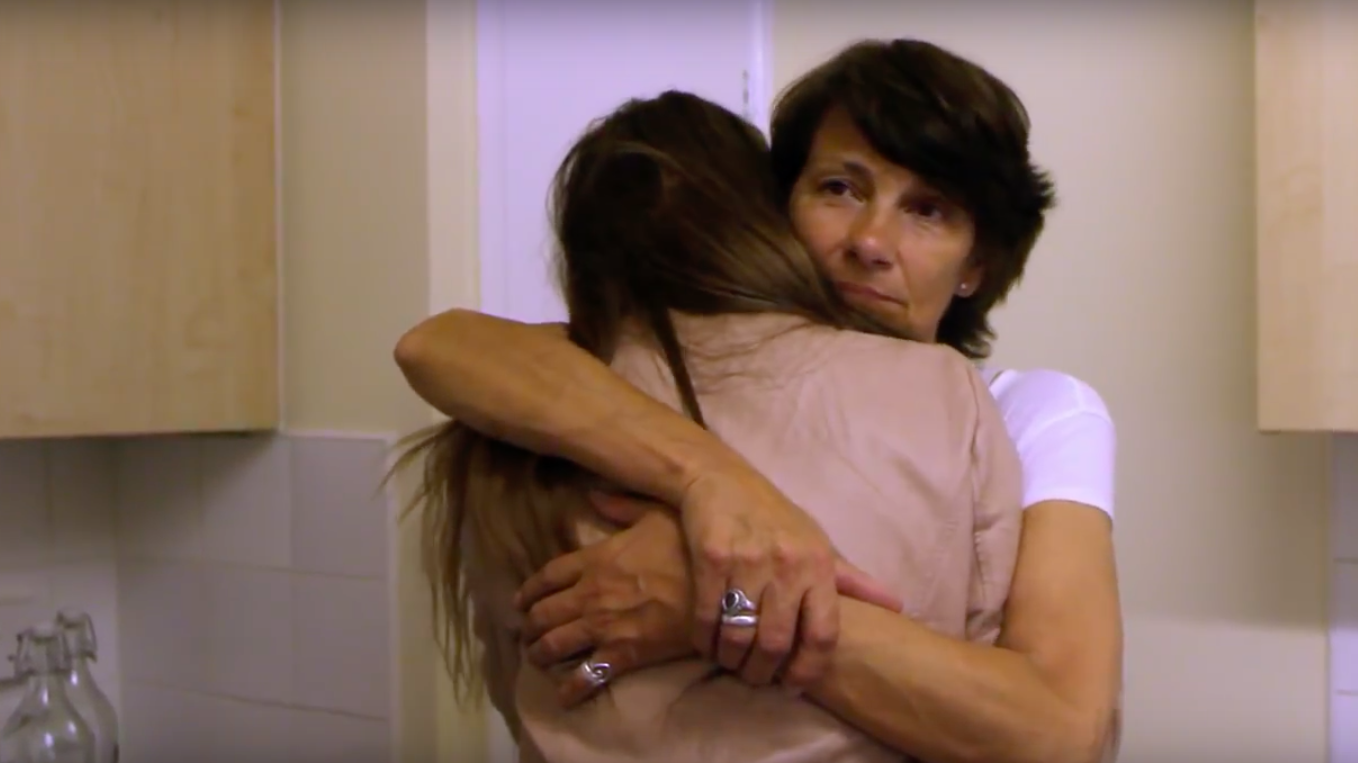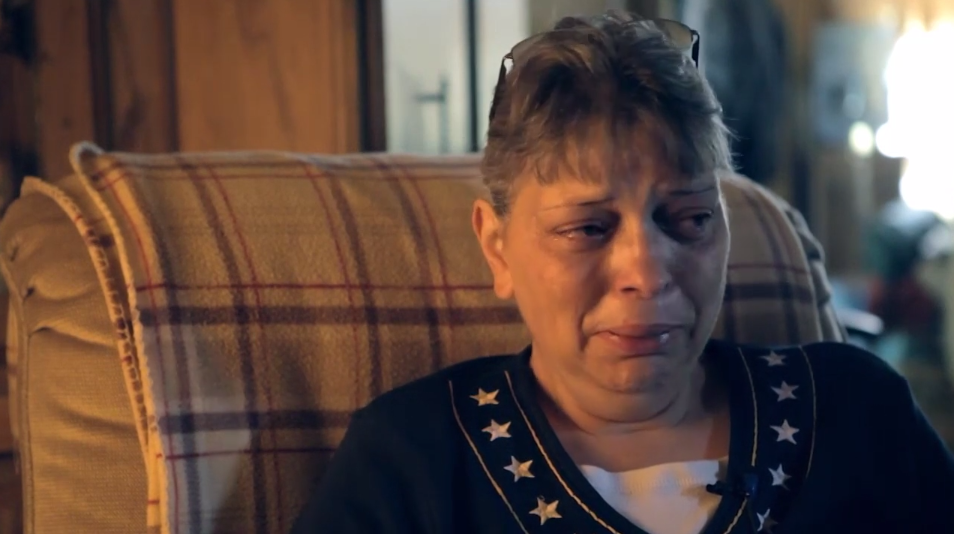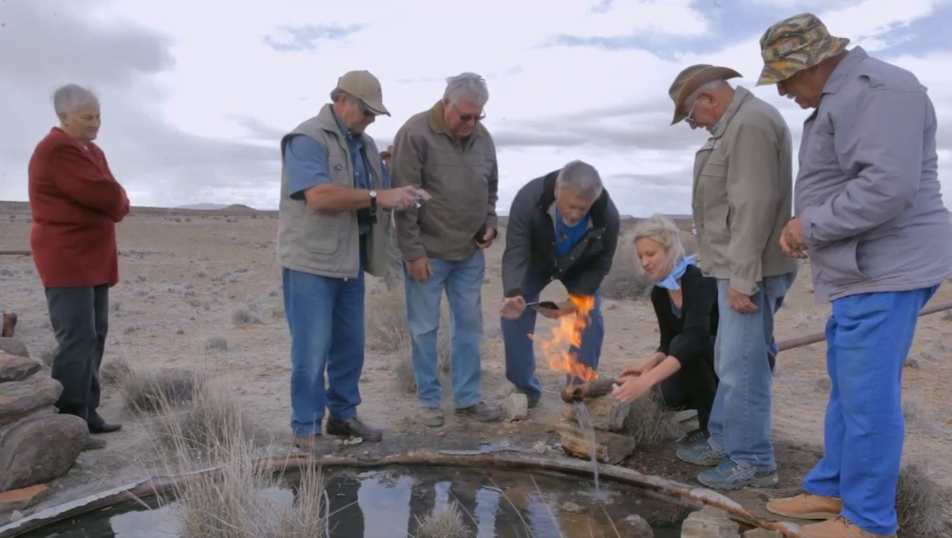It's not my go-to app but occasionally someone does something interesting with Snapchat. There is editor Yusuf Omar and his mobile team at the Hindustan Times, for example. They have covertly reported on the drugs problem in Punjab and discreetly given voice to sexual abuse victims. But student Trim Lamba's short film Cracked Screen has taken the social media tool into a whole new realm.
Chantelle Levene stars as a regular young woman sharing her everyday life with followers on Snapchat. She goes to the gym, goofs around with friends, dances in her bedroom to the likes of Nadia Rose and airs her frustrations about job hunting, among other filter-enhanced moments. When she suffers a horrific attack, the story becomes quite gripping … and disturbing.
Having read the synopsis, you expect the worst and wait for the shocking act. As Short of the Week's Chelsea Lupkin points out, "You’ll experience empathy for her injuries, the betrayal she feels by her followers, and a creeping guilt at being a voyeuristic spectator in her undoing." For me, it's the reactions of others, played out through her reactions on Snapchat, that are most affecting. How things can quickly turn nasty, and friend becomes foe. Her see-sawing emotions as the victim becomes increasingly insecure, unraveling in a series of images and messages.
Good news travels fast but bad news is almost instant. In the intemperate and often disheartening world of social media, people frequently bypass compassion and empathy, taking pleasure in the misfortune of others. And they love to gang up on those under fire. It's the mob mentality that Jon Ronson wrote about so poignantly in his book So You've Been Publicly Shamed.
The title Cracked Screen acknowledges the obsession with image and the power of myth-making in the age of social media. When that image is tarnished or shattered, what then? Where does that leave us? This is a bold and exciting use of the medium. Snapchat, an in-the-hand experience, definitely makes the narrative feel more intimate. And real. Chantelle's character could be your friend. You feel complicit.
The composite narrative – a sequence of moving image, stills, captions and doodles – adds tension and mystery to the story, not least because we only see the victim's reactions. The viewer's imagination then goes to work. Trim Lamba and his team have done a great job on this. It's exciting new ground for filmmaking and, as she says, challenges our conception of what we deem 'cinematic' — an idea that should intrigue and propel us all".







![Daisy (left): "[Our society] has a culture of blaming the individual and not the archaic, profit-reaping system that allows things like this to happen. This is evident in the ‘scrounge’ narrative that plays out in the media and in politician’s speec…](https://images.squarespace-cdn.com/content/v1/505875d2c4aa5fcea75608a9/1453668319503-XNOE1FHL0C4ZZSGOP0GP/Half-Way-daisy-mae-hudson)









